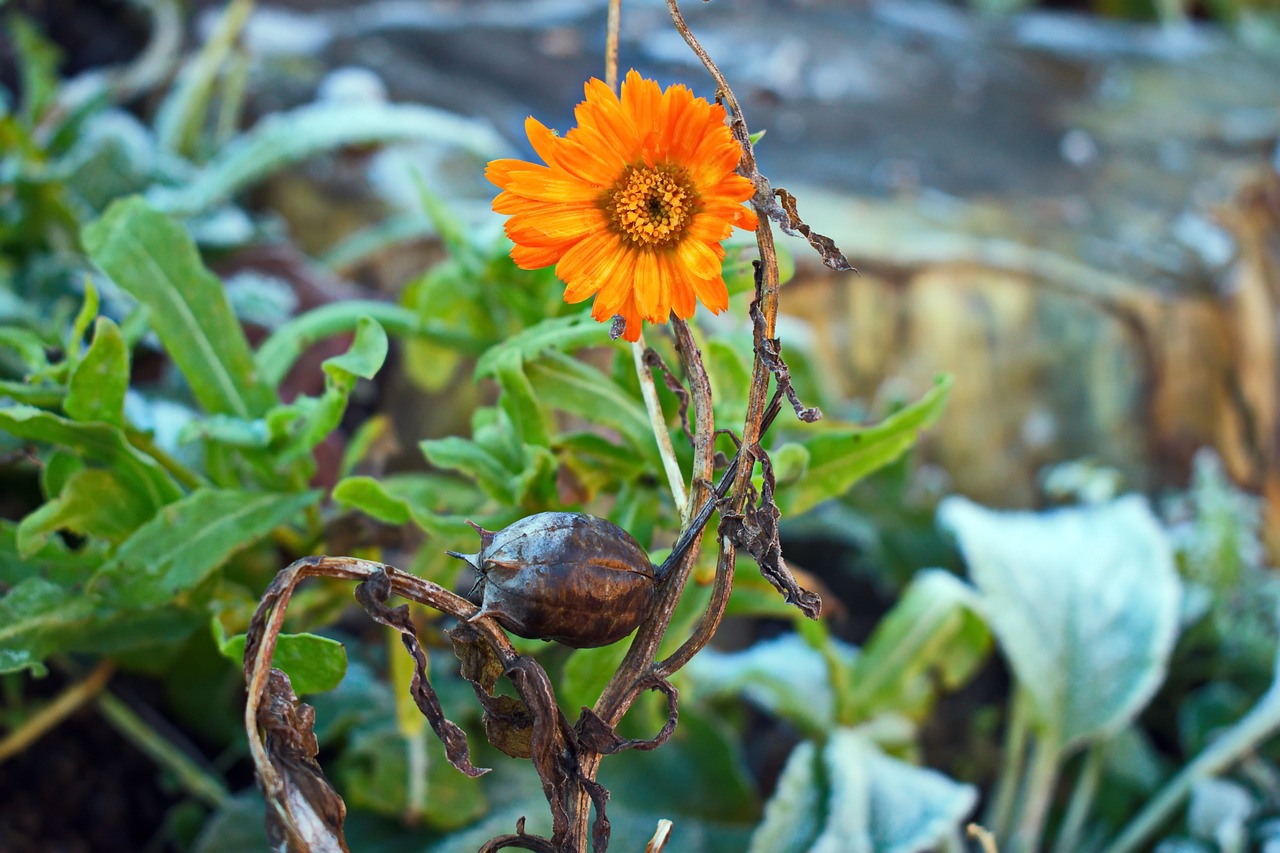Gardening is a rewarding hobby that brings beauty, relaxation, and fresh produce to our lives. However, it also requires careful attention to prevent diseases from harming our plants. As we enter the month of January, it is crucial to take proactive steps to boost your garden’s health and growth.
In this article, we will explore essential gardening tasks that can help prevent diseases and ensure a thriving garden.
1. Clean Up Your Garden
The first step towards disease prevention in your garden is to clean up any debris or fallen leaves from the previous season. Diseased plant material left on the ground can harbor pathogens that may infect new plants in the coming months. Here are 3 very easy things you can do in the garden this winter to get the most out of your plants :
- Rake up fallen leaves and remove any dead plant matter.
- Dispose of diseased plant material in sealed bags or burn them if allowed by local regulations.
- Clean gardening tools with a mixture of bleach and water to eliminate any lingering pathogens.
2. Inspect Plants for Signs of Disease
Vigilance is key when it comes to preventing diseases in your garden. Regularly inspect your plants for signs of infection such as discoloration, spots, wilting, or abnormal growth.
- If you spot any diseased plants or parts, remove them immediately to prevent further spread.
- Consider taking photos or samples of the infected areas for identification purposes if needed.
3. Plan Crop Rotation
Crop rotation is an effective method to disrupt disease cycles by moving crops around different areas of your garden each year. This practice helps reduce soil-borne pathogens and pest populations.
- Research which crops are susceptible to common diseases in your region.
- Create a rotation plan, ensuring that plants from the same family are not grown in the same area consecutively.
- Rotate crops annually to maintain healthy soil and minimize disease risks.
4. Provide Adequate Air Circulation
Poor air circulation can create a favorable environment for fungal diseases. To promote airflow and reduce humidity levels:
- Prune overcrowded branches or foliage to allow better air movement between plants.
- Avoid excessive watering, as damp conditions can encourage fungal growth.
5. Use Organic Pest Control Methods
Pests can weaken plants, making them more susceptible to diseases. Instead of relying on harsh chemicals, opt for organic pest control methods:
- Introduce beneficial insects like ladybugs or lacewings that feed on pests.
- Grow companion plants that repel common garden pests, such as marigolds for aphids or basil for mosquitoes.
- Maintain proper hygiene by regularly removing weeds and debris where pests may hide.
6. Consider Using Disease-Resistant Varieties
Selecting disease-resistant plant varieties is an effective strategy to minimize the risk of infections in your garden. Many seed catalogs and nurseries offer resistant options for various common diseases, such as powdery mildew-resistant cucumbers or tomato varieties resistant to blight.
7. Implement Proper Watering Techniques
The way you water your garden plays a significant role in preventing certain diseases:
- Water plants at their base to avoid wetting the foliage, which can lead to fungal infections.
- Avoid overwatering, as it can create waterlogged conditions that promote root rot and other diseases.
- Consider using drip irrigation or soaker hoses for more precise watering and reduced moisture on leaves.
By following these essential gardening tasks in January, you can significantly reduce the risk of diseases in your garden. Cleaning up debris, inspecting plants regularly, practicing crop rotation, promoting air circulation, using organic pest control methods, selecting disease-resistant varieties, and implementing proper watering techniques are all crucial steps towards a healthy and thriving garden.
Remember that prevention is always better than cure when it comes to plant diseases. Happy gardening!



